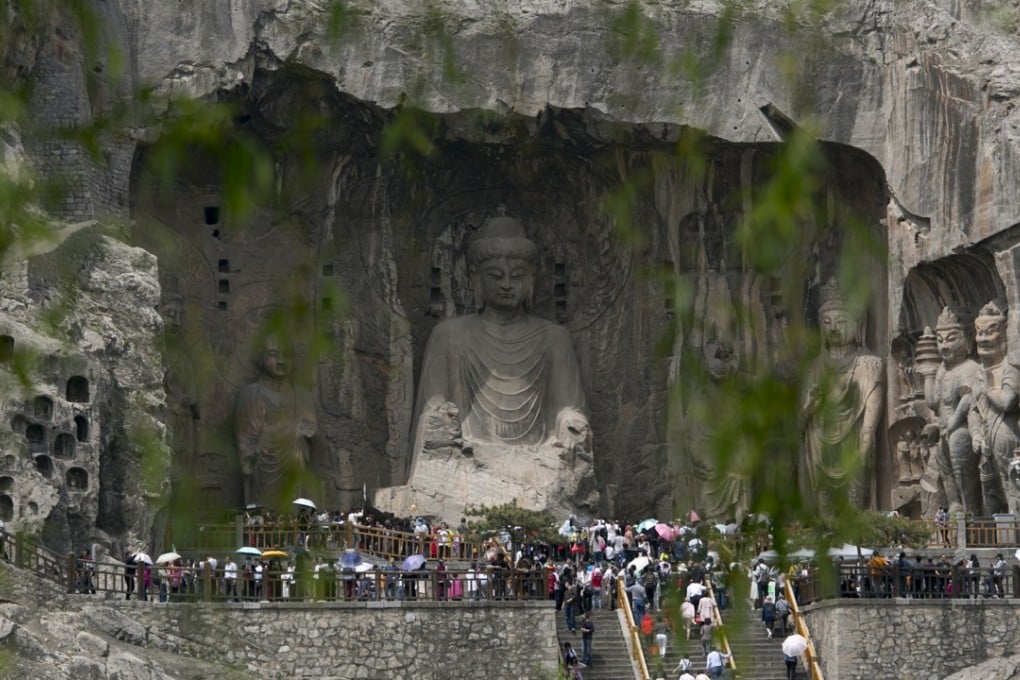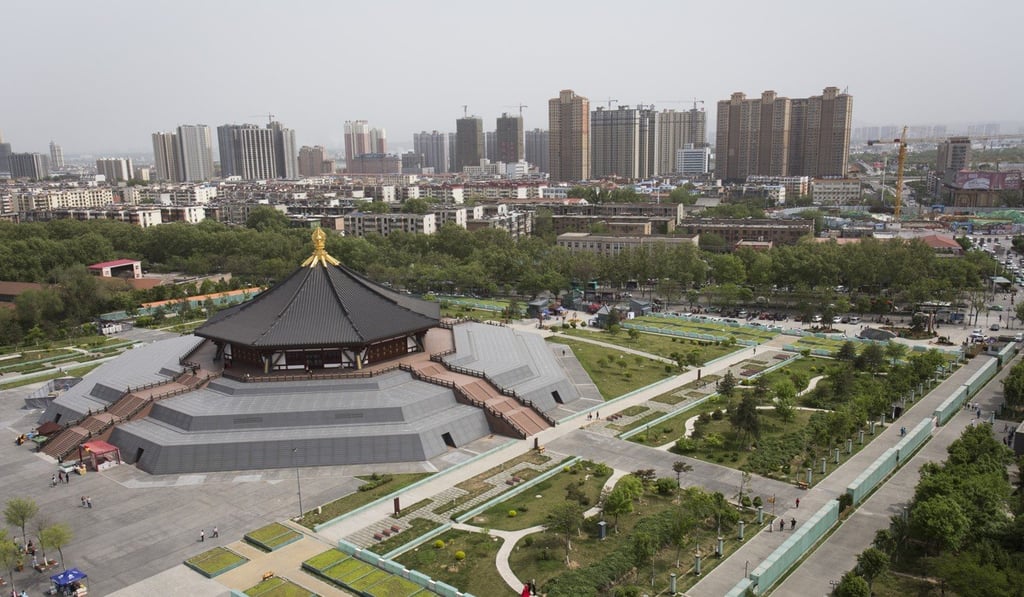The rise and fall of Luoyang, China’s forgotten capital
At first sight, Luoyang, in Henan province, may feel like any other small town in China, but dig a little deeper and you will be rewarded with a rich and fascinating history spanning several dynasties

My photographer and I alight from our taxi in the centre of Yanshi, a shabby township straddling the Luo River, our presence eliciting curious stares from the locals, many of whom are employed at a nearby power plant. The only visible distractions in this part of Luoyang, in Henan province, are a few massage parlours, a smattering of pokey noodle joints and an inconspicuous museum.
There’s some confusion about how to admit a foreigner and a Hongkonger, neither of whom have a Chinese ID card, into the Shang Museum. Evidently, they don’t get many visitors from distant lands. We are eventually granted access with a shrug, protocol presumably not worth the paperwork.
This may be small-town China but the relics housed within, sourced from archaeological digs in the surrounding countryside, are among the great treasures of the ancient world, and suggest that the Xia (2070-1600BC), China’s first dynasty, and the subsequent Shang (1600-1046BC) established major settlements in Luoyang and its neighbouring counties more than 1,000 years before Celtic Britons figured out how to forge iron.
Eight hours and 1,300km after leaving Hong Kong, I find myself thinking, “This is Zhongyuan,” as our high-speed train makes its final dash across the central plains, the Middle Kingdom’s middle, from where the word “Zhongguo” (“China”) is derived.

Henan’s reputation as a land exhausted by overcultivation and whose principal exports are low lifes and low-income workers, seems unfounded in the glorious blaze of springtime.
